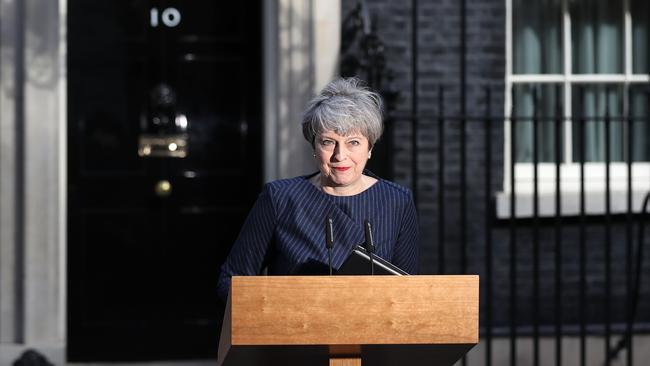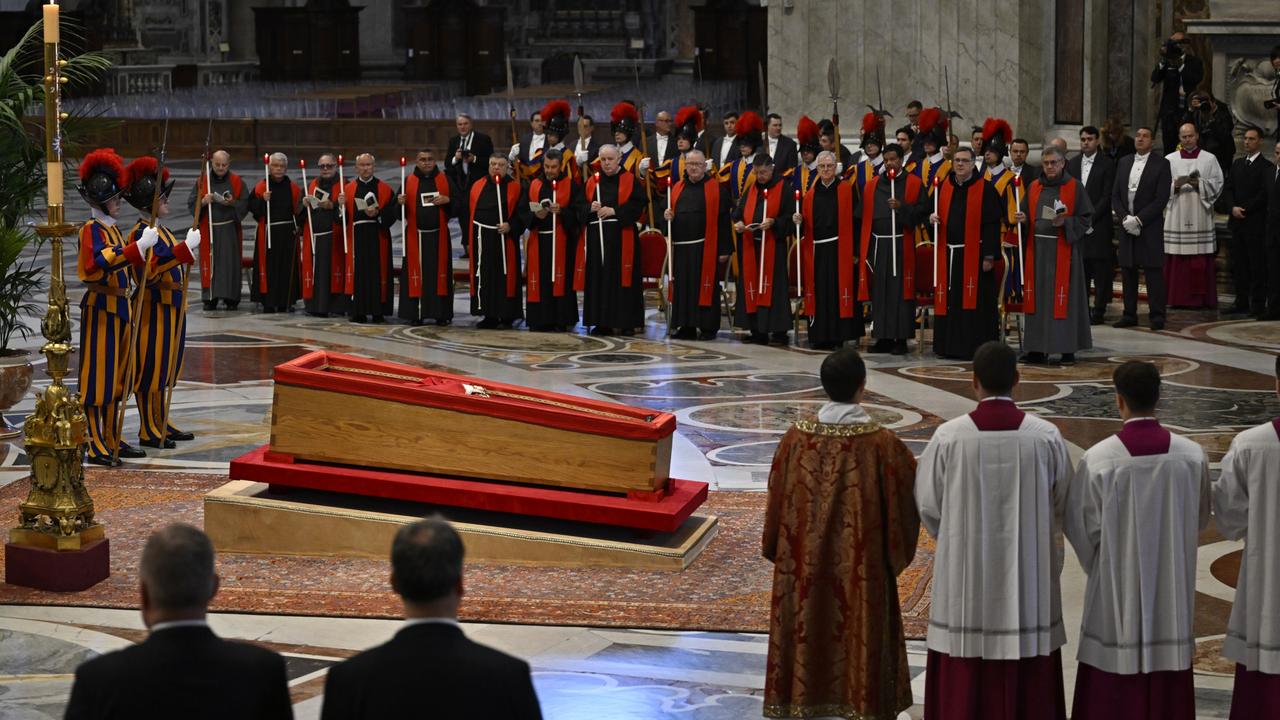Theresa May jumps rides polling lead to an early lection
The snap election called last night by Prime Minister Theresa May comes after months of tumult in British politics.

The June 8 snap election called last night by Prime Minister Theresa May comes after months of tumult in British politics following the Brexit vote and less than a year after the resignation of her predecessor, David Cameron.
Mrs May called the general election five years early after a round of opinion polls over Easter had her Conservatives far ahead of Labour.
The Tories polled at between 38 per cent and 46 per cent, with Labour at 23 per cent to 29 per cent, according to the polls by YouGov, ComRes and Opinium.
The poll lead had prompted many senior Tories to call for an election, particularly as Mrs May will need a strong parliamentary majority as she seeks to negotiate Britain’s exit from the EU.
The Tories have a working majority in the House of Commons of just 17 seats from the last election in 2015 and some of their MPs have indicated they could vote against the government on key aspects of Brexit legislation.
EU leaders except Mrs May are set to hold a summit on April 29 where they will agree on the strategy for negotiating Britain’s expected departure in 2019.
The negotiations themselves are not expected to start until May or June at the earliest. The European Commission has said it wants the exit talks to be concluded by October 2018 at the latest.
Britain’s next election was due to have been held in 2020 — a date enshrined in legislation according to which elections have to be held every five years in May.
But the law can be overruled if two-thirds of MPs vote in favour of early elections — something that Labour leader Jeremy Corbyn has previously indicated he would do.
Mr Corbyn, a veteran socialist with support on the left of the party, won the Labour leadership in September 2015 after the party’s defeat in that year’s election. The 67-year-old enjoys grassroots support from left-wingers but is opposed by most of the party’s more centrist MPs, who say Labour under his leadership is not appealing to the middle classes.
Mrs May in contrast has scored consistently well in terms of personal popularity and polls have shown approval of her handling of the run-up to Brexit negotiations.
When asked who they thought would be the best prime minister, 50 per cent of respondents in the YouGov poll said Mrs May and only 14 per cent Mr Corbyn.
Mrs May came to power in July 2016 after Mr Cameron resigned following the shock Brexit referendum vote in June for which he had campaigned for Britain to stay in the EU.
The 60-year-old vicar’s daughter is Britain’s second female prime minister after Margaret Thatcher and many commentators have drawn comparisons to the steely determination of the Iron Lady.
Mrs May worked in finance, including at the Bank of England, before being elected as MP for the London commuter town of Maidenhead in 1997.
As Conservative chairwoman in 2002, she made waves by suggesting the Tories were seen as “the nasty party” and needed to overhaul their image — something that they did under Mr Cameron. When the Tories won the 2010 election, Mrs May was named home secretary, the hardest job in government.
AFP



To join the conversation, please log in. Don't have an account? Register
Join the conversation, you are commenting as Logout